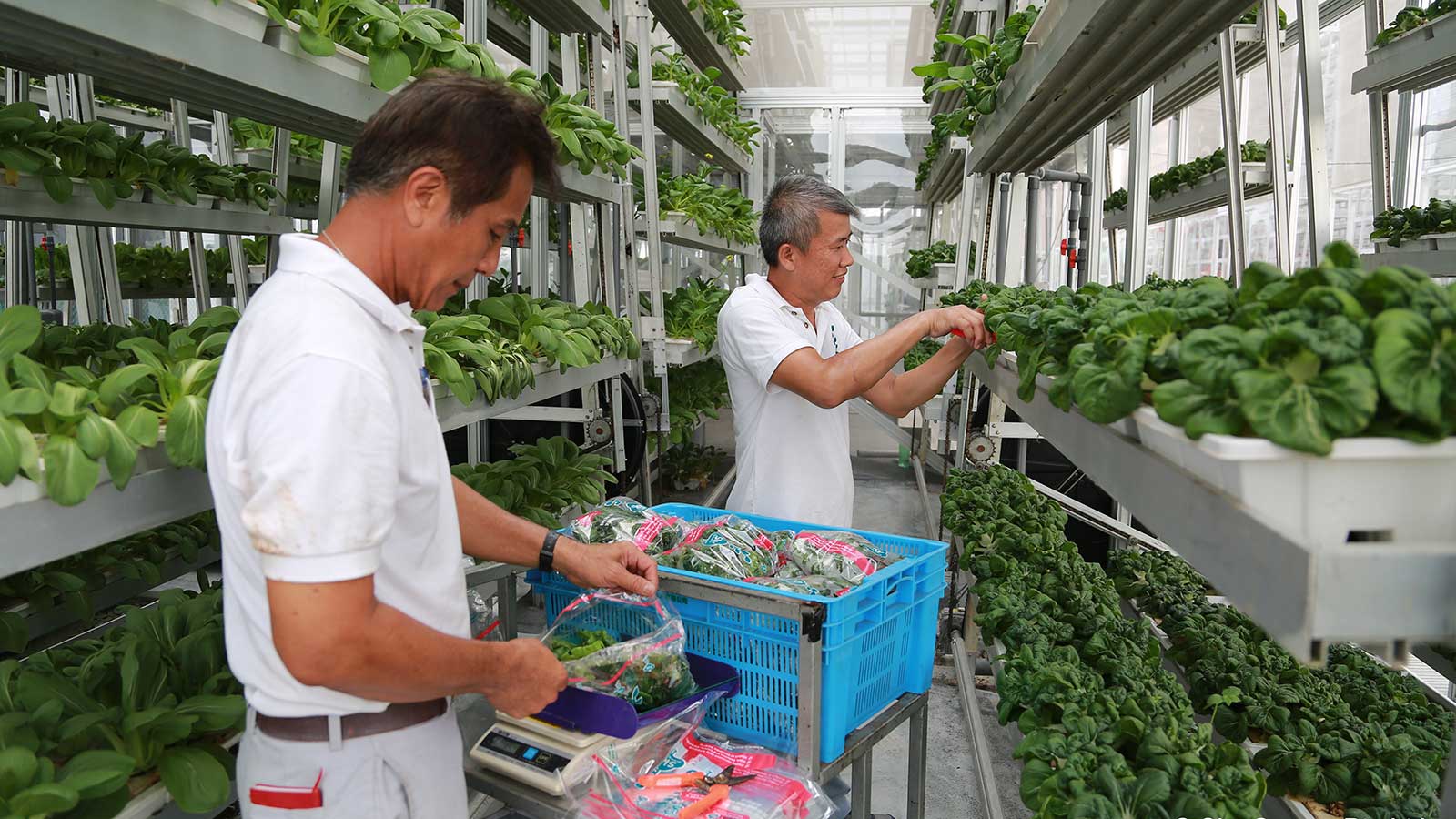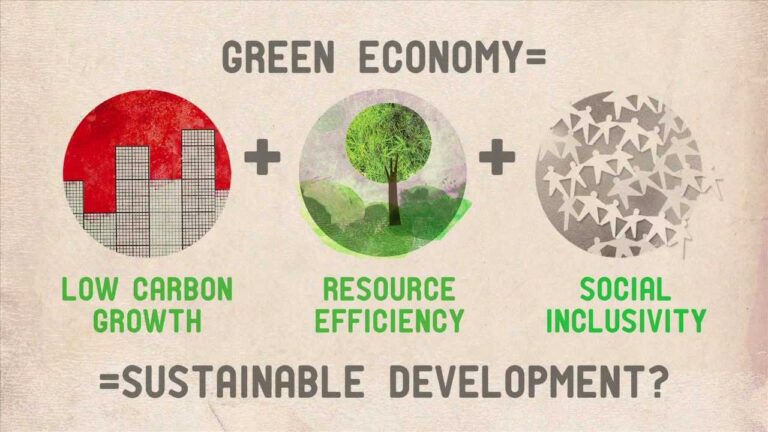12,000 years ago our hunter-gatherer ancestors first started throwing seeds in the ground to try out farming. Societies began to switch from nomadic tribes always following the herds and instead settled on large tracts of land that could yield crops. Instead of having to fight for food that could’ve possibly killed you, people farmed a reliable food supply.


The Nile river region started growing wheat around 8000 B.C. China cultivated rice by the year 6200 BC. The Mayans harvested potatoes, beans, and coco between the years 8000 and 5000 BC. Are these dates 100% exact? Yes, maybe, I don’t know for certain, but neither do the experts. You get the idea.
Sure, the technology has changed. Regions in Turkey figured out how to use cattle to help till the land around 8000 BC. India domesticated the elephant in 6000 BC. We went through periods of the bronze age, to the iron age, through the Industrial Revolution. Developed parts of the world upgraded to massive John Deere tractors to cultivate the land while less developed still used basic tools that manage to get the job done.
So what’s the takeaway? Agriculture across the globe is a $2.4 trillion dollar industry, but for the most part, we’ve been growing food for a long time by the same method: seeds in the ground.
But what if that may be changing?
Enter Sky Greens. Singapore’s first ever hydraulic vertical farming system. Entrepreneur and engineer Jack Ng first launched his vertical garden with a vision to help supply food in the region. Singapore is the 3rd most densely populated in the world. Naturally, when there is not a lot of land, but a lot of people, most of the food in Singapore is imported. Around 93%.


However, Sky Greens doesn’t take up traditional real estate in the sense. Instead of taking up horizontal farming land that simply doesn’t exist in Singapore, it brilliantly goes vertically.
Some of my favorite details from the website:
Patented vertical farming system: Sky Greens patented vertical farming system consists of rotating tiers of growing troughs mounted on a A-shape aluminium frame. The frame can be as high as 9 meter tall with 38 tiers of growing troughs, which can accommodate the different growing media of soil or hydroponics. The troughs rotate around the aluminium frame to ensure that the plants receive uniform sunlight, irrigation and nutrients as they pass through different points in the structure.
High yield: When compared with traditional monolayer farms, the Sky Greens patented vertical farming system intensifies land use and can result in at least 10 times more yield per unit land area.
High quality: The structures are housed in a controlled environment which enables stringent control of input materials to bring about food supply, food safety, food security and food quality assurances.
Low energy use: With the harnessing of natural sunlight, there is no need for artificial lighting. Rotation is powered by a unique patented hydraulic water-driven system which utilises the momentum of flowing water and gravity to rotate the troughs. Only 40W electricity (equivalent to one light bulb) is needed to power one 9m tall tower.
Low water use: With the plants irrigated and fertilised using a flooding method, there is no need for a sprinkler system thereby eliminating electricity wastage, as well as water wastage due to run-offs. Only 0.5 litres of water is required to rotate the 1.7 ton vertical structure. The water is contained in an enclosed underground reservoir system and is recycled and reused.
It only took 10,000 years, but there appears to be a new breakthrough in the way we grow and harvest our food. Further down the line, Sky Greens could present an interesting model for fresh produce in densely packed urban areas around the world.



